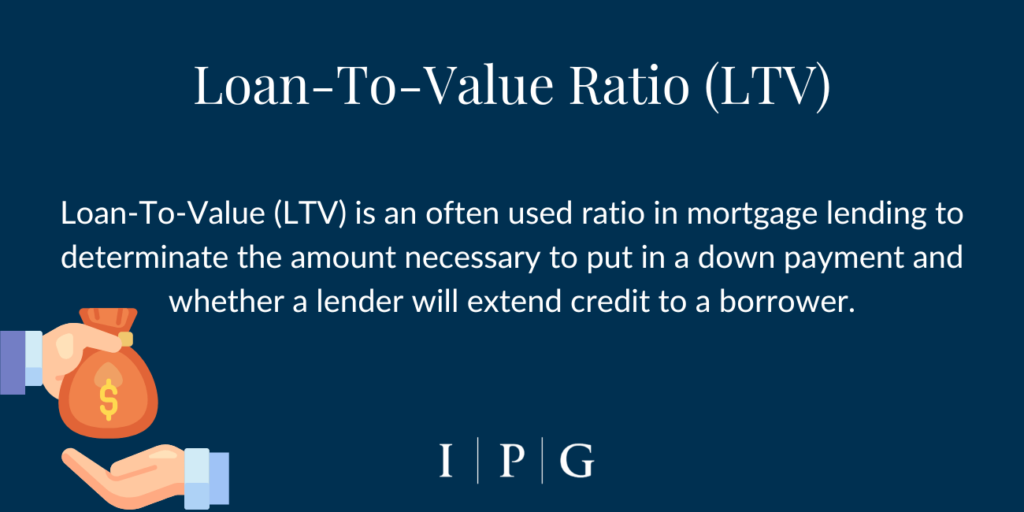Recapitalization in Commercial Real Estate: A Small Guide

Picture this: you’ve got a brilliant investment property, but you feel there’s untapped potential waiting to be unleashed. That’s where recapitalization swoops in to save the day! Just like a master chef perfecting a recipe, recapitalization is the secret ingredient that can elevate your property’s financial structure to new heights.
But wait, what exactly is recapitalization? Think of it as a financial makeover for your commercial property.
Recapitalization seeks to optimize your property’s financial performance and bolster its resilience in a dynamic market by reorganizing the equity or debt components. It’s like giving your investment a fresh coat of paint, reinvigorating its potential for greater success!
So, whether you’re a seasoned investor or just dipping your toes into the world of commercial real estate, this guide is tailored to equip you with all the insights, strategies, and expert advice you need to navigate the fascinating realm of recapitalization.
What is Recapitalization?
Let’s unravel the captivating concept of recapitalization in commercial real estate. This financial makeover can work wonders for your property’s success, so let’s dive right in.
Explaining the Concept of Recapitalization
Imagine your property as a thriving business, but something is holding it back. Recapitalization is like a well-oiled machine that fine-tunes your financial structure. By reorganizing elements and shifting things around, you can optimize your investment’s potential for maximum returns.
Definition: Recapitalization is a financial strategy companies, or investors undertake to restructure their capital, typically involving a change in the proportion of debt and equity within their capital structure.
Key Objectives and Benefits of Recapitalization
Recapitalization offers two main objectives with incredible benefits. Firstly, it provides improved liquidity and financial flexibility, granting you the freedom to maneuver smoothly. Secondly, it helps manage debt, reducing burdensome interest rates and paving the way for financial ease.
Common Scenarios that Trigger Recapitalization
Various scenarios prompt investors to opt for recapitalization. Whether it’s strategic acquisitions, transformative growth phases, or overcoming financial complexities, recapitalization unlocks opportunities and unleashes your property’s true potential.
Choosing the Right Recapitalization Approach
When embarking on a recapitalization journey, selecting the appropriate approach is critical. Each method offers distinct benefits and aligns with specific business objectives. A comprehensive analysis of the organization’s financial health, growth aspirations, and risk tolerance is essential in making an informed choice.
Equity Recapitalization
Equity recapitalization, a prudent choice for companies with solid growth prospects, involves the infusion of fresh equity capital into the business. This strategic move bolsters the company’s financial foundation, facilitating expansion initiatives, acquisitions, or capital-intensive projects. Equity recapitalization also allows existing shareholders to realize partial liquidity while retaining ownership stakes.
Debt Recapitalization
Debt recapitalization presents an effective solution for businesses seeking to optimize their debt structure. This approach entails refinancing existing debt at more favorable terms, such as lower interest rates or extended maturities. Deb recapitalization bolsters financial flexibility by reducing interest expenses and enhancing cash flow and positions the company for further growth.
Dividend Recapitalization
Dividend recapitalization is a prudent option for well-established companies with solid cash flow. The company borrows funds to distribute dividends to shareholders. While allowing shareholders to realize returns on investments, it introduces additional debt to the company’s balance sheet. Careful evaluation of the organization’s capacity to service the debt is crucial.

Reasons for Recapitalization
Recapitalization, a strategic financial endeavor, holds immense significance for businesses and investors seeking to optimize their financial position. Let’s delve into the key motivations behind this powerful financial maneuver.
#1 Improving Financial Structure and Liquidity
In the realm of business operations, maintaining a well-oiled financial structure is paramount for success. Recapitalization steps forward as the skilled architect, fine-tuning the capital composition. Recapitalization injects a much-needed boost of liquidity by carefully adjusting the balance between debt and equity. The result? Enhanced financial flexibility allows businesses to seize opportunities and easily navigate challenges swiftly.
#2 Managing Debt and Interest Rates
Debt management is a complex puzzle, often requiring expert handling. Enter recapitalization, armed with a wealth of financial acumen. Recapitalization alleviates the burden of high-interest payments by skillfully renegotiating interest rates and reorganizing the capital structure. This newfound control over debt paves the way for smoother financial operations, empowering businesses to pursue their strategic objectives more effectively.
#3 Restructuring Ownership and Equity
Businesses may find themselves at crossroads where equity and ownership must be thoughtfully recalibrated. Recapitalization emerges as a strategic dance partner, orchestrating a captivating ballet of equity restructuring. Recapitalization aligns equity with the organization’s long-term goals, whether it involves welcoming new investors or consolidating ownership. The result is a harmonious capital structure poised for sustained growth and prosperity.
#4 Addressing Underperforming Assets
Underperforming assets can hinder a company’s financial health. Enter recapitalization as the astute problem solver, armed with a toolkit of strategic approaches. Recapitalization addresses underperforming assets head-on. Through divestiture, refinancing, or infusion of new capital, these assets become valuable contributors to the organization’s success.
Conclusion
In conclusion, recapitalization offers a transformative financial solution in commercial real estate. By adjusting the debt-equity mix, businesses and investors gain enhanced financial flexibility and improved liquidity. Choosing the right approach – equity, debt, or dividend recapitalization – is crucial, requiring a comprehensive evaluation of unique needs and aspirations.
Knowledge and strategy are powerful assets in the dynamic world of commercial real estate. Empowered with recapitalization insights, investors can confidently navigate the market and capitalize on opportunities for greater returns.
We encourage businesses and investors to embrace strategic recapitalization to unlock untapped value and achieve success. With the potential to optimize financial structures, manage debt, and rejuvenate underperforming assets, recapitalization stands ready to pave the way for prosperity in commercial real estate ventures.
Are you ready to embark on a journey of financial optimization through recapitalization? Our team of experts is here to guide you every step of the way. Contact us today to explore how strategic recapitalization can drive success for your commercial real estate endeavors.




